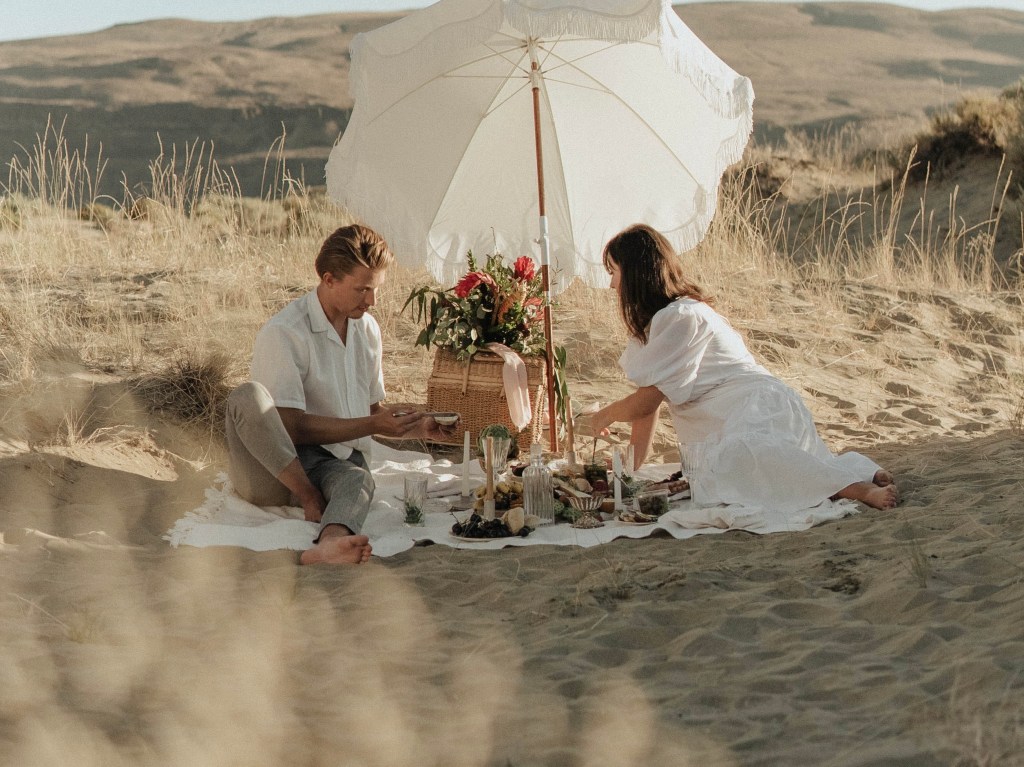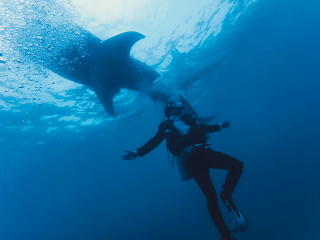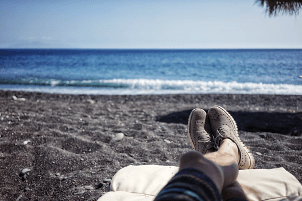In this post our frequent guest writer, Jesse Clark, provides tips for those seeking a digital nomad life/work style. Check out the links included, they contain useful resources. Jesse’s bio sketch is below.
In a rapidly evolving world where technology has transformed the way we work, the digital nomad lifestyle has gained immense popularity. Working as a nomad provides individuals the freedom to work from the place of their choosing and on their schedule. For those wanting to begin their digital nomad journey, this article will explore a host of helpful strategies to get you started for long-term success.
1. Develop In-demand Skills
When starting out, it’s best to sell a wide array of services to test the market and ascertain the area(s) you are good at. For instance, in 2023, digital marketing, website development and programming are some in-demand skills among freelancers according to an Upwork Report. Before you start reaching out to prospects, invest time and effort towards developing in-demand skills. Consider obtaining relevant certifications to establish credibility and stand out from the competition.
2. Learn to Market Yourself
Along with producing high-quality work, you’ll also need to consistently promote your brand and services online. Self-promotion is one of the best ways to establish yourself as a freelancer and develop long-term relations with clients.
The following are the basics of self-promotion:
- Design a great website showcasing your best work, credentials, and services. This will serve as the one-stop shop for clients to learn about you and reach out for projects.
- Create business profiles on social platforms such as Instagram and TikTok. Regularly post your work and other engaging content to develop an online community and grow your reach.
- Networking websites such as LinkedIn are great for connecting with potential clients and fellow digital nomads to develop professional networking that you can rely on for advice, referrals, and collaborations.
3. Protect Your Finances and Assets
Working as a freelancer will give you considerably more freedom over your time and work compared to working a remote hourly-paid job. However, as a freelancer, you’ll need to take steps to protect yourself from unforeseen circumstances and remain financially healthy.
Before you start accepting clients, consider establishing a limited liability company (LLC). Given that an LLC is considered a separate legal entity from its owner (you), your finances and personal assets will be protected from any business-related liabilities.
Additionally, you’ll enjoy a host of tax benefits, potentially saving you hundreds if not thousands of dollars annually.
4. Sharpen Your Skills With a Degree
Being a digital nomad means you’ll be working as a one-person team. In addition to delivering high-quality work, you’ll be responsible for finding clients, managing finances, and a host of other business-related responsibilities.
While learning on the job is great, you can accelerate this process by going back to school and pursuing an online degree. Advance your career with an online cybersecurity degree, gaining in-demand skills to protect digital assets and information systems. Additionally, online degrees are affordable and allow you to run your business while furthering your education.
5. Choose a Location
Choosing a location as a digital nomad depends on your lifestyle preferences, work requirements, and budget. Consider factors like the cost of living, internet reliability, safety, and community to find a place that suits your needs. Exploring different locations can enhance your experience, providing opportunities to embrace new cultures, meet diverse people, and enjoy unique environments while maintaining your digital work.
When done right, working as a digital nomad can be a rewarding experience. In addition to creating a great online portfolio, remember to establish an LLC and upskill in key areas by earning a degree or developing a unique skill that can be applied effectively in virtual environments.
Unleash your wanderlust with The Independent Tourist! Dive into our comprehensive travel guides and start planning your next adventure today!
Jesse Clark is a traveler, so she’s no stranger to experiencing wanderlust and that strong desire to travel. She’s already had enough experiences to last a lifetime, but she’s not stopping anytime soon. Find out more and contact her through soulful-travel.com.
Featured Image Credit: Pexels.


















